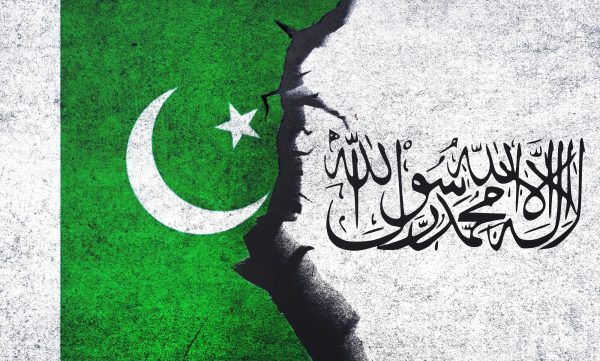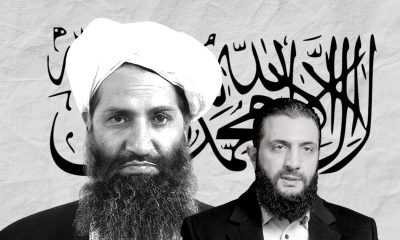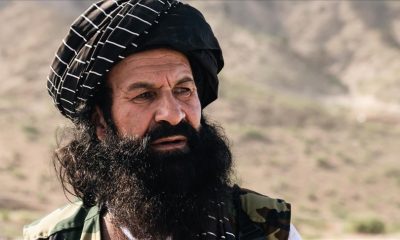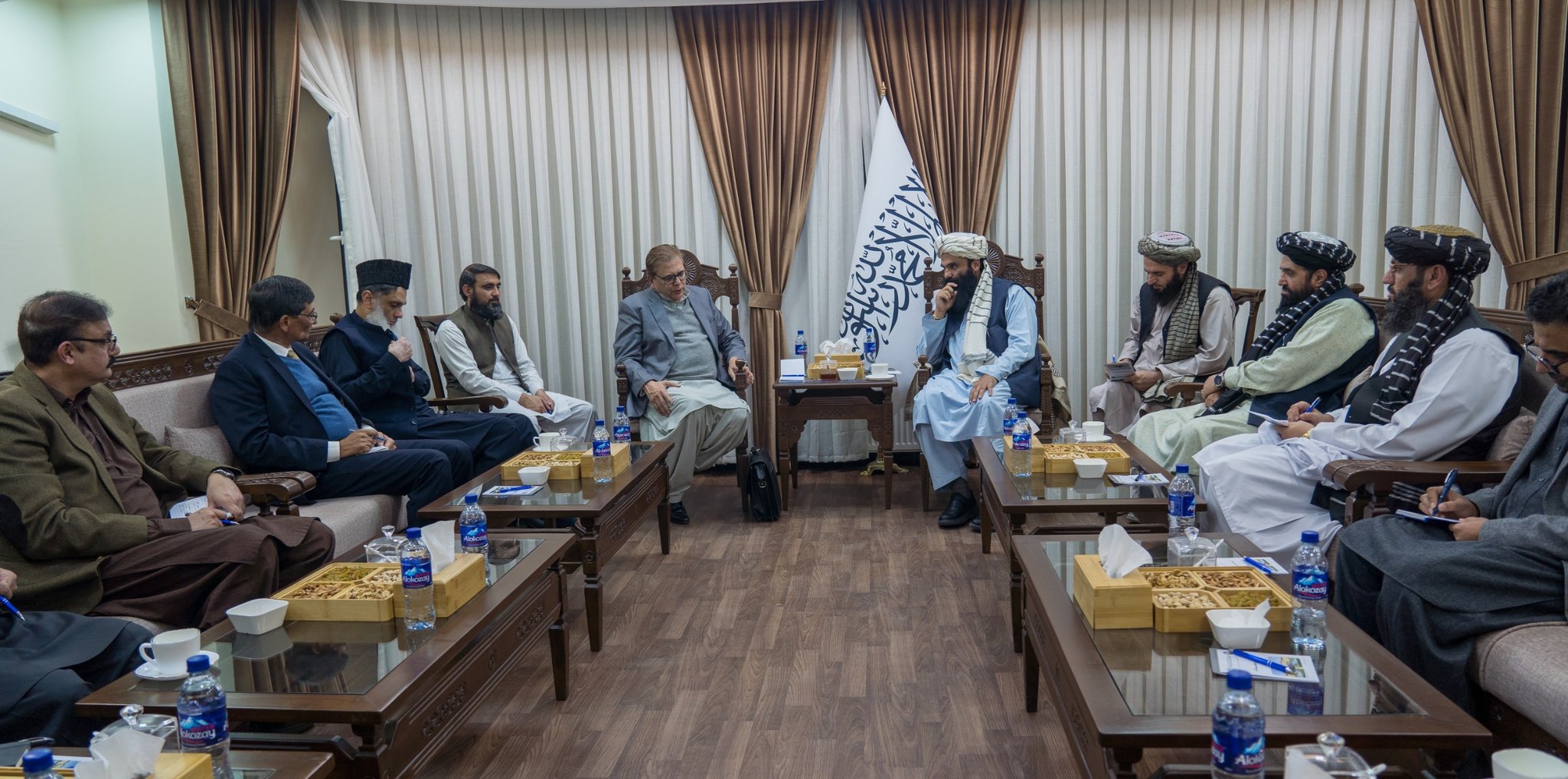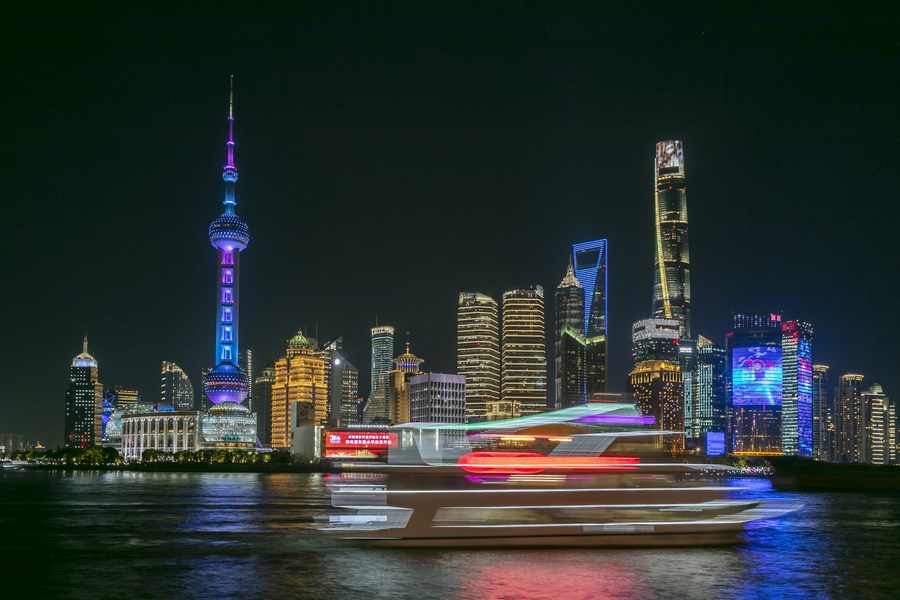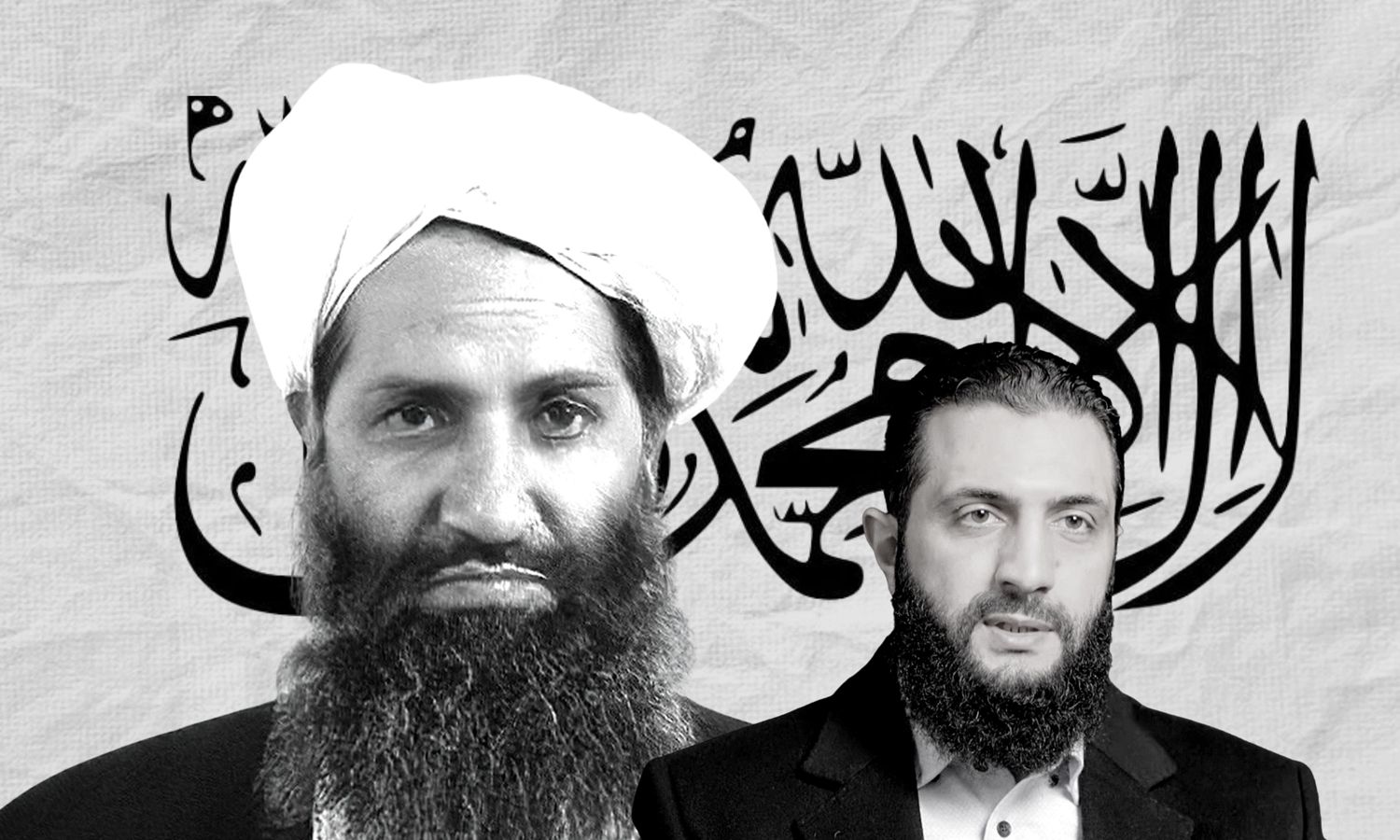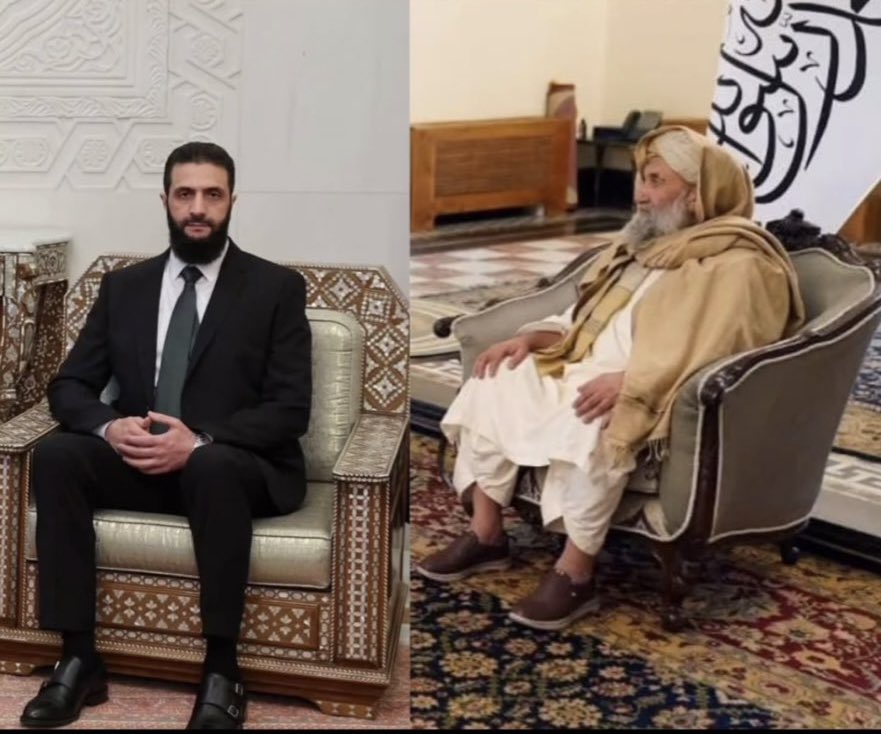Afghanistan-Pakistan relations are characterized by a complex interplay of historical grievances, geopolitical controversies, security dilemmas, economic dependencies, and ethnic identities. Unless and until, understanding these layers, it could be hard for all those interested in fostering peace and cooperation in this volatile region, which is much more essential for people of both the neighboring countries facing similar security, economic and political issues.
No one can neglect the fact that the historical narrative of Afghanistan and Pakistan is linked in a very complicated manner, characterized by a series of complex interactions and interferences that have frequently involved accusations, blame-shifting, and concealed motives. Beginning from the British colonial period, various events have played pivotal roles in shaping these dynamics. Prior to the British Empire’s involvement in the region laid the groundwork for future geopolitical tensions and alliances, almost all parts and parcels of both the neighboring countries remained part of one or several empires and intruded rulers, which is now considered bone of contention between the two. Following this era, the Soviet invasion of Afghanistan marked a critical turning point, as it not only altered local power structures but also drew international attention and intervention into the whole region. This was further complicated by the subsequent involvement of the United States lead allies, which aimed at countering Soviet influence, commenced during the Cold War.
What went wrong in the past five decades
Focusing on the past five decades, Pakistan has consistently altered its approach to each new Afghan government that has emerged following various political transitions and takeovers. This pattern of behavior is often viewed as a strategic maneuver, deeply rooted in Pakistan’s desire for what it terms “strategic depth.” This concept refers to the idea that an unstable Afghanistan serves Pakistan’s geopolitical ambitions by providing a buffer zone against perceived threats, particularly from India. Visibly, the instability in Afghanistan allows Pakistan to exert influence over its neighbor while simultaneously pursuing its own national interests but internally it causes stock of issues and hurdles to its powerful military establishment.
Pakistan’s well discussed “strategic depth”, that was planned or originated in the early years following its independence, aimed to counterbalance India’s regional influence. The Soviet invasion of Afghanistan in 1979 marked a significant turning point that reinforced this outlook, when Pakistan emerged as a pivotal player in supporting Afghan’s armed resistance by (Afghan Mujahideen calling them freedom fighters, scattered in various armed groups, thereby deepening its involvement in Afghan affairs and solidifying its role in the geopolitical dynamics of South Asia.
The biggest issue is the use of proxy’s forces on the part of Pakistan’s policy toward Afghanistan
The usage of proxies policy represents a significant miscalculation on the part of Pakistan’s policy makers responsible for ups and downs in neighboring Afghanistan. No doubt to mention that this perspective complicates Pakistan’s foreign policy and undermines the possibility of establishing a stable and cooperative relationship with Afghanistan, ultimately jeopardizing Pakistan’s security as well. By framing its approach to Afghanistan apparently through the lens of rivalry with India, Pakistan risks intensifying tensions and conflicts that could further destabilize both nations. Such a strategy fails to acknowledge the intricate socio-political dynamics within Afghanistan and neglects the opportunities for collaboration that could yield mutual benefits for both countries.
Problematic domestic and isolated foreign policies
No one can neglect that the problematic domestic and isolated foreign policies of Taliban-led Afghan government, has further fuelled hardships for Pakistan as, “no other than Pakistan is considered responsible for its (Taliban)re-empowering.” By patronizing Tehrik Taliban Afghanistan also called Emirate Islami Afghanistan, Pakistan’s powerful junta had ignored the fact that TTA founder Mullah Muhammad Omar Akhund has been declared as their unanimous supreme leader by like minded islamists from both the countries. Afghan Taliban in accordance with the guidelines of Mullah Omar are reluctant to honor Pakistan’s demand of either extraditing banned TTP militants or taking action against them. Pakistan is also ignoring another fact that TT established by Mullah Omar Akhund is trying for Islamic State of Khurasan, which is also a threat to geographical limits of several regional countries.
Calling them as Taliban are not new but they are creation or production of US patronized Afghan War. Majority of them were part of different Jihadic groups. Amongst the Jihadis, Haqqannis headed by late Maulvi Jalal Ud Din Haqqani, Hizb-e-Islami Afghanistan faction headed by Maulvi Younas Khalis and several others like Ustad Yasar of Prof. Abdul Rab Rasool Sayaf led Ittehad Islami were the first one who had announced joining of TTA soon after its inception.
Pakistan is suffering from his persistently unsuccessful policies toward its neighbor Afghanistan
No one having the intention to oppose or under mind Pakistan’s harsh criticisms concerning the presence of Tehreek-e-Taliban Pakistan (TTP) sanctuaries on Afghan soil, but no one can neglect the fact that both countries they have suffered significant harm as a result of Pakistan’s persistently unsuccessful Afghan policies. Instead pursuing failed or flop policies, Pakistan is in possession of stock of opportunities, entering into friendly and trustworthy relations with Afghanistan. Moreover, they could strengthen their ties through economic collaboration, including the negotiations of trade agreements, joint infrastructure development projects, and partnerships in the long-awaited mega energy projects in the region. From a geopolitical perspective, Pakistan and Afghanistan have the opportunity to collaborate on initiatives aimed at promoting regional connectivity and engage in diplomatic endeavors to foster peace and stability within the region.
The conflicting narratives from both sides, especially Pakistani leaders’ remarks only serve to fuel mistrust and escalate tensions between Afghanistan and Pakistan. Instead of working towards resolving their differences and addressing common security challenges, each side continues to point fingers at the other. This vicious cycle of blame and counter-blame not only undermines efforts towards regional peace but also creates an environment conducive to the growth and spread of extremist groups. It’s generally believed in Afghanistan that Pakistan’s assertions are driven by this country’s long-term policy of strategic depth of having an unstable and unsecured Afghanistan in its western border, rather than a genuine concern for security. They think that Pakistan uses the threat of TTP presence in Afghanistan as a pretext to justify its continued involvement in Afghan affairs or to divert attention from internal issues. Others suggest that Pakistan is seeking international support and sympathy by portraying itself as a victim of terrorism.
Meanwhile, Pakistani Taliban (TTP) cannot be defeated through military means
The assertion that the Pakistan establishment is behind the turmoil in Afghanistan is a complex issue with multiple factors at play and holds merit based on historical context, strategic interests, support for insurgent groups, geopolitical considerations, and implications for regional stability.
Regardless of the motives behind Pakistan’s assertions, it is clear that the current strategy of relying on military action alone will not address the security challenges facing Pakistan. The TTP is an adaptive adversary that cannot be defeated through military means alone. A more realistic and comprehensive approach is needed, one that addresses the root causes of extremism and terrorism in Pakistan and Afghanistan, such as poverty eradication, depreciation, lack of education, and political instability.
Pakistan’s interests in Afghanistan are diverse, covering economic, security, stability, and regional influence considerations. However, significant challenges arise when Pakistan engages in proxy conflicts against successive Afghan governments regardless of their prior friendly relations. This long standing policy of supporting armed opposition groups against ruling authorities has persisted for decades, harming trust and posing a dual threat to both countries. From the last couple of years, the exchanges between Pakistani officials and Taliban representatives highlights a complex web of accusations regarding terrorism and security in South Asia. Both sides appear to be deflecting responsibility while emphasizing the other’s role in perpetuating regional instability. Instead, results oriented dialogues may be encouraged for building up consensus on both sides for addressing common issues of security, extremism, poverty and backwardness.
The issue of IS and controversy surrounding Bagram Airfield to the US drones is a big challenge
Across the border in Afghanistan, the reports of Pakistan’s recent engagement with Afghan warlords, the allegations of harboring ISKP terrorists on its soil against Afghanistan, and the controversy surrounding the provision of air bases to U.S. drones are issues that promote anti Pakistan sentiment and raise concerns for Afghanistan. It is crucial for Pakistan to promptly and effectively address these matters. In their pursuit of military and political strategies, Pakistani policymakers intentionally create an imaginary emotional narrative that positions Pakistan as a nation sandwiched between two antagonistic neighbors, which serves to rationalize their actions on both domestic and international fronts. This approach not only marks a shift from previous alliances but also underscores the intricate nature of regional politics, where allegiances can swiftly alter in response to immediate strategic requirements.
The implications of this evolving policy are profound for both Afghanistan and Pakistan. For Afghanistan, continued instability may hinder economic development and exacerbate humanitarian crises. For Pakistan, while it may gain short-term advantages through manipulation of Afghan politics, its long-term consequences could include increased militancy within its borders and strained relations with international partners who advocate for stability in the region.

 EUROPE2 weeks ago
EUROPE2 weeks ago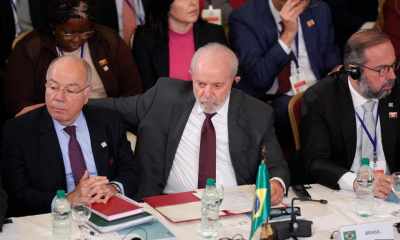
 OPINION1 week ago
OPINION1 week ago
 OPINION2 weeks ago
OPINION2 weeks ago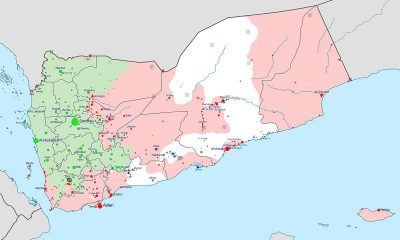
 MIDDLE EAST14 hours ago
MIDDLE EAST14 hours ago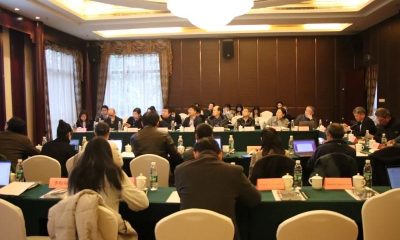
 ASIA2 weeks ago
ASIA2 weeks ago
 INTERVIEW2 weeks ago
INTERVIEW2 weeks ago
 MIDDLE EAST2 weeks ago
MIDDLE EAST2 weeks ago
 MIDDLE EAST2 weeks ago
MIDDLE EAST2 weeks ago
